Introduction
Hibiscus syriacus, commonly known as the mulberry-leaved rose or rose of Sharon, is a deciduous shrub native to Asia that has gained popularity worldwide for its vibrant flowers and adaptability to various growing conditions. With its lush green foliage and an array of flower colors ranging from white to pink, red, and even purple, Hibiscus syriacus adds a touch of elegance to any garden landscape. One of the key aspects of maintaining the health and beauty of this shrub is the cultivation of new branches, which not only promotes vigorous growth but also enhances flowering and overall plant vitality. This comprehensive guide outlines the steps and considerations necessary for successfully cultivating new branches in Hibiscus syriacus.
Understanding Plant Biology
Before diving into the cultivation process, it’s crucial to understand the basic biology of Hibiscus syriacus. This shrub is a member of the Malvaceae family and is known for its ability to produce new growth from both the crown (base of the plant) and existing stems. New branches typically emerge in spring, fueled by the plant’s stored energy from the previous growing season. Understanding this natural growth cycle is essential for timing pruning and other cultivation practices effectively.
Site Selection and Preparation
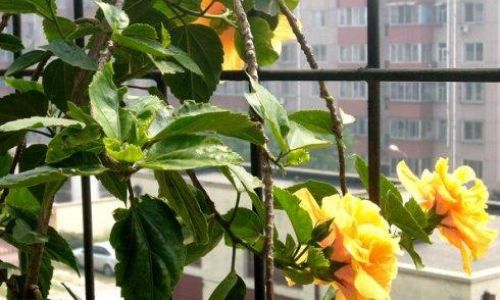
The first step in cultivating new branches in Hibiscus syriacus is to ensure that the plant is situated in an optimal environment. Choose a location that receives full sun to partial shade, as Hibiscus syriacus thrives in well-lit conditions but can tolerate some afternoon shade, particularly in hotter climates. Well-drained soil is crucial; Hibiscus syriacus prefers a slightly acidic to neutral pH range and rich, loamy soil. If your garden soil is heavy or clay-like, consider amending it with compost or sand to improve drainage and fertility.
Pruning Techniques for Branch Promotion
Pruning is a vital aspect of cultivating new branches in Hibiscus syriacus. The goal is to encourage the plant to produce strong, healthy branches that will support abundant flowering. Here are some key pruning techniques:
-
Hard Pruning in Winter or Early Spring: Perform a thorough pruning in late winter or early spring, just before new growth begins. Remove any dead, damaged, or crossing branches. Cut back older, woody stems to encourage the plant to produce new, vigorous growth from the base.
-
Tip Pruning: Throughout the growing season, lightly prune the tips of new branches to encourage lateral branching. This technique promotes a bushier, more compact plant form and increases the number of flowering sites.
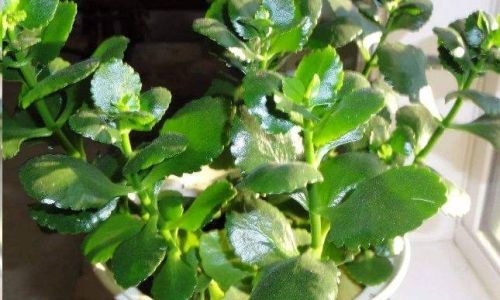
-
Summer Pruning for Shape and Flowering: In mid-summer, lightly prune any overgrown or leggy branches to maintain the desired shape and size of the plant. This also helps to redirect energy towards developing buds for a second flush of flowers in late summer or early fall.
Fertilization and Watering
Proper fertilization and watering are essential for promoting healthy new branch growth in Hibiscus syriacus. Apply a balanced, all-purpose fertilizer in spring, just before new growth emerges. Follow the manufacturer’s instructions for application rates, as over-fertilizing can damage the roots. For best results, use a fertilizer with a higher phosphorus content (e.g., a 10-20-10 formula) during the blooming season to encourage flowering.
Water Hibiscus syriacus deeply and infrequently, allowing the soil to dry out slightly between waterings. This encourages the roots to grow deeper and stronger, which is beneficial for supporting new branches. However, during periods of extreme heat or drought, increase watering frequency to prevent stress and promote continued growth.
Pest and Disease Management
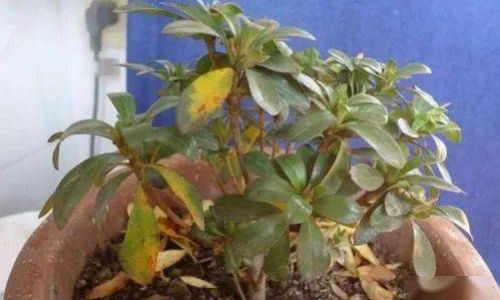
Keeping Hibiscus syriacus free from pests and diseases is crucial for healthy branch development. Common pests include aphids, spider mites, and caterpillars. Inspect your plant regularly and treat infestations promptly with appropriate insecticides or organic remedies like neem oil.
Disease issues such as powdery mildew and leaf spot can also affect new branch growth. Prevent these problems by providing good air circulation, avoiding overhead watering, and removing infected leaves immediately. In severe cases, use a fungicide tailored to the specific disease.
Mulching and Winter Protection
Mulching around Hibiscus syriacus can help regulate soil temperature and moisture, promoting healthy root growth and, consequently, new branch development. Apply a 2-4 inch layer of organic mulch (such as shredded leaves, straw, or compost) in fall, keeping it a few inches away from the plant’s stem to prevent rot.
In colder climates, where temperatures drop below -10°C (14°F), provide winter protection for Hibiscus syriacus. This may involve covering the plant with a layer of straw, burlap, or a garden fabric, or moving it to a sheltered location if possible. Protecting the roots and crown from severe frost is essential for ensuring that the plant emerges healthy and ready to produce new branches in spring.
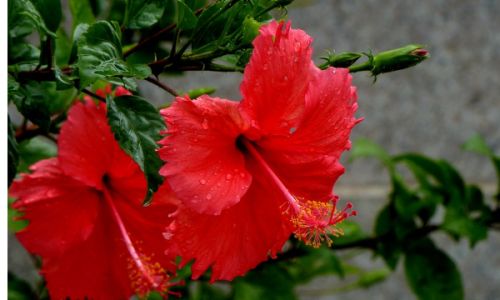
Conclusion
Cultivating new branches in Hibiscus syriacus is a rewarding endeavor that requires attention to detail and an understanding of the plant’s growth habits. By following the steps outlined in this guide—from site selection and preparation to pruning, fertilization, watering, pest and disease management, and winter protection—you can encourage your Hibiscus syriacus to produce strong, healthy branches that will support lush foliage and abundant, vibrant flowers. With patience and care, your mulberry-leaved rose will thrive and become a cherished addition to your garden landscape.
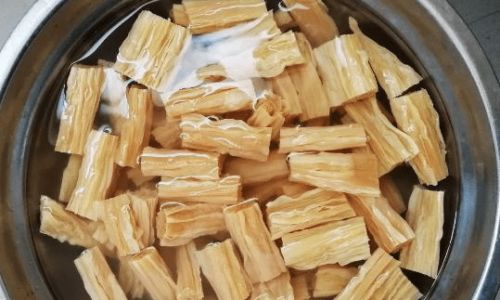
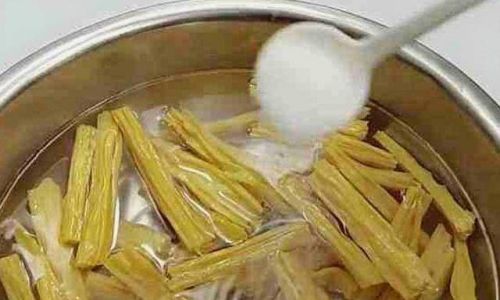

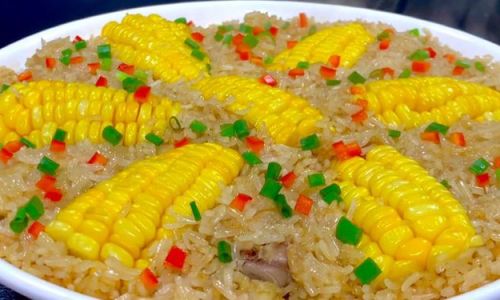


0 comments